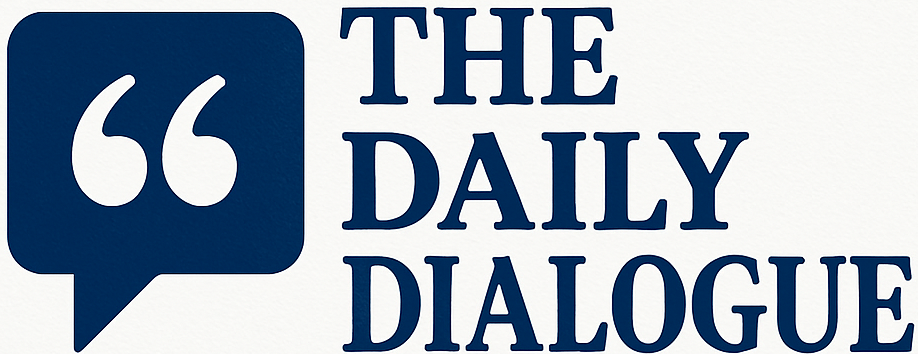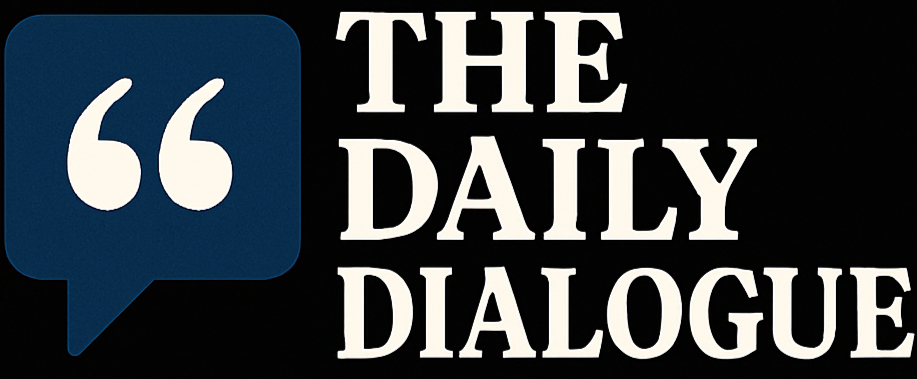What is Musté?
New concepts, ideas, and cultural terminology frequently surface in today’s world of rapid change, influencing our way of thinking, living, and relating to one another. Musté is one such phrase that has been gaining popularity. Although the word might not seem recognizable at first, it has layers of significance that are worth investigating.
Musté is more than just a word; in some instances, it can also be interpreted as a philosophy, a way of thinking, or a cultural touchpoint. While some associate it with tradition, others associate it with heritage and identity. Through customs, beliefs, or even artistic forms, Musté is a bridge connecting generations in many communities.
The purpose of this introduction is to explain the fundamentals of musté, including its definition, history, applications, and significance in the present era. You’ll know more about Musté’s impact on culture, society, and even individual identity at the end of this article.
The Origins of Musté
Musté, like many cultural concepts, wasn’t created overnight. It is more than just a fad because it has historical and social foundations. Scholars and cultural observers link the phrase to shared heritage and communal practices, albeit its precise origin may differ depending on who uses it.
Musté has been associated with symbolic activities and rituals in certain circumstances. It reflects people’s actions as well as their perceptions of the outside environment. For instance, Musté frequently appears in language, tales, songs, and daily practices in societies where it is highly prized.
Musté’s development also illustrates the inventiveness of people. Once a phrase with a particular cultural connotation, it has now expanded to encompass more general concepts like identity, resiliency, and belonging. This extension demonstrates Musté’s adaptability—it may retain its original meaning while embracing new eras.
The Core Elements of Musté
It is crucial to dissect Musté into its most fundamental components in order to fully comprehend it. Fundamentally, Musté stands for three concepts:
Identity: Musté is intimately related to our sense of self. It captures the tales, customs, and behaviors that mold people and societies.
Connection: It highlights the ties that exist between individuals, generations, or civilizations. Musté gives you a feeling of community.
Continuity: It emphasizes how traditions, values, and information are passed along. Musté is always evolving as a result of practice and adaption.
These components transform Musté from a static idea into a live one. Musté survives because it changes while maintaining its roots, unlike concepts that wane.
Musté in Everyday Life
How does Musté really appear in day-to-day life, you ask? The small, frequently overlooked nuances hold the key to the solution.
For example, in Musté-celebrating communities, it may appear in:
family get-togethers where generations share knowledge and tales.
celebrations of customs through festivals and cultural activities.
music and artwork that conveys feelings of recognition and inclusion.
Expressions and language that transmit proverbs or sayings.
Musté adapts even in contemporary settings. These days, it is evident in digital storytelling, as customs are maintained via social media, blogs, and podcasts. In addition to reflecting on the past, people use Musté to help mold their identities for the future.
Why Musté Matters Today
It’s simple to forget about customs and cultural roots in today’s globalized society. Nonetheless, Musté serves as a reminder of the significance of establishing a sense of identity and belonging.
The following are some of the reasons Musté is significant in modern society:
Cultural preservation is the process of preserving customs for upcoming generations.
Personal Development: It facilitates people’s understanding of their origins and identities.
Building Communities: Musté helps to fortify the relationships that bind communities together.
Adaptability: Musté is relevant even in rapidly changing times since it changes, unlike strict traditions.
Essentially, Musté offers a sense of security in an unpredictable environment. It serves as a reminder that our roots continue to influence our path no matter how far we progress.
Looking Ahead: The Future of Musté
What is Musté’s next course of action? As the globe gets increasingly modernized, will it survive or will it wane?
Musté appears to be here to stay based on the evidence. Because of its adaptability and flexibility, it can be used in a variety of settings, including internet forums, educational initiatives, and cultural festivals. In fact, by providing new means for people to record and disseminate their customs, technology might possibly contribute to Musté’s impact growing.
Musté’s future rests on awareness and practice. Musté will continue to serve as a compass as long as people respect continuity, identity, and connection. In addition to paying respect to the past, it will influence cultural identity in the future.
Final Thoughts
Musté is a way of thinking about life, identity, and community; it’s more than just a name. Examining its history, components, and applicability reveals that Musté is classic and flexible. It teaches us that even if the world may change, the principles that bind us together should not.
Remember this if you’re just starting out with Musté: experiencing its meaning is more important than learning its meanings by heart. Through customs, daily routines, or ties to the community, Musté provides a potent reminder of our identity and place in it.
Read more thedailydialogue.com





